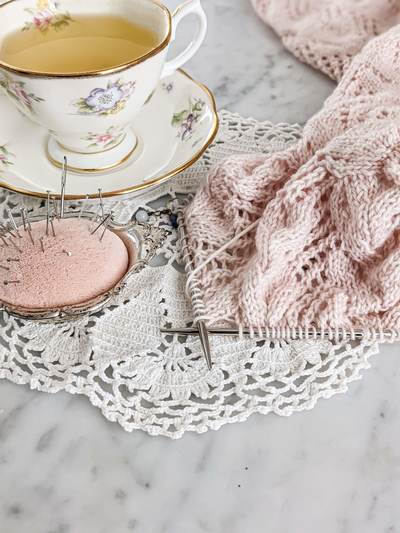
Test knitting is a fixture in the online knitting community. It’s is a great way for knitters to try out new designs before they’re released to the general public, for designers to make sure other knitters can use their patterns well, and for communities of knitters to get to know each other better.
I’ve been working with test knitters for a few years now. In that time, I’ve seen and heard a lot of variations on the standard test knit.
I’ve taken a while to settle into my own groove, of course, and I know other designers have played with some ideas as they refine their practices. You learn from old tests and implement new techniques to improve the next test.
But I’ve also seen some test knits go horribly sideways, and I’d like to help keep that from happening. A bad test can leave a sour taste in both the knitters’ and designer’s mouths. That’s not fun for anybody.
How Not to Use Test Knitting
Test knitting is not—I repeat, NOT—a good substitute for tech editing.
If you are in the very beginning stages of your design journey and truly cannot afford a tech editor, you will probably rely on test knitters to help you catch errors in a pattern. I did this at first, too, but I recommend avoiding it if at all possible. The problem is that this strategy will only help you catch the really, really big mistakes.
Test knitters usually have enough experience to spot when a repeat doesn’t line up or when there aren’t enough stitches in a row. They won’t be able to help you fix some of the more complex problems, like structural issues in your design. They also probably can’t help you with stylistic consistency and industry standards for written instructions.
Test knitters aren’t trained to edit, so while they can sometimes help you catch the big mistakes, you’ll likely end up letting a lot of little mistakes slip through.
Bottom line: as soon as you can afford it, start working with a tech editor.
On a related note, test knitters are also not sample knitters. Sample knitters are people who receive the final pattern, knit the item from the knitting pattern, and send the finished item to the person who hired them to do the sample knitting. Most importantly, sample knitters are paid for their work. If you put out a call for a test knitter but you expect that test knitter to send you their finished object, you’re not looking for a test knitter. You are looking for a sample knitter, and you need to pay them accordingly.
How to Use Test Knitting Effectively
Now, I don’t want this post to seem like it’s full of nay-saying. Test knitters are super important to my design process! It’s just that I use test knits differently. Here are some of the things test knitters can help you do effectively.
1. Test knitters help make sure your instructions are easy to follow.
This is where the importance of diverse testing pools really shows. I like having a mix of skill levels, ages, backgrounds, nationalities, and native languages in my tests. That way, I can make sure that my instructions are clear, straightforward, and easy to follow.
For example, my tech editor and I are both native English speakers with professional backgrounds. That means we’re used to seeing things communicated in certain ways, and we have a lot of shared perspectives. That also means we have shared assumptions about what’s clear. As a result, those assumptions might not match up with the experiences and assumptions of other knitters, especially knitters who are using a pattern written in a language that isn’t their native language.
An expert knitter will also have different feedback compared to a newer knitter, too. That’s because an experienced knitter has had more opportunity to see different writing styles and develop their knitting skills, which means they (a) can tell you if your instructions are unusual compared to other designers but (b) might not notice instructions that would be confusing to a newer knitter. Newer knitters, on the other hand, can help ensure your instructions are crystal clear for those with less experience.
My broad and diverse pool of test knitters helps me make sure that my instructions make sense to everybody, not just knitters whose demographics match mine.
2. Test knitters help check yardage estimates.
Yardage estimates are crucial for knitters trying to decide whether to knit a pattern and which yarn to use. They might be stash diving or might be buying new yarn just for the project. Either way, they need to know they’ve got enough yarn.
Mathematical formulas can help reach a pretty accurate yardage estimate for each size, but it really helps to have some test knitters work up a pattern and make sure the estimates are accurate. I sometimes find after a test that my estimates were overly generous or need to be padded a little more. Then I make adjustments accordingly.
3. Test knitters help create a photo gallery that doesn’t rely on Ravelry.
Ever since the Ravelry accessibility debacle, I’ve been committed to finding other ways to help knitters see what projects look like, ask questions, share tips, etc. That’s part of why each of my designs has a dedicated hashtag for sharing on social media. You can click that hashtag and see what other knitters have done with the same pattern and different yarn.
That’s an important contribution test knitters make to the knitting world and something I wish more people would recognize. Test knitters help other knitters decide whether they want to make a project!
This is not, however, strictly within the bounds of a test knitter’s job, and there has been some pushback recently over designers requiring testers to have a public Instagram profile. While I am more likely to choose somebody whose Instagram account is public, nowadays, it’s usually because I’m trying to make sure the tester isn’t also leaving abusive comments on fellow knitters’ posts or sharing wild misinformation.
4. Test knitters build relationships.
Here’s where I really show my cards: working with a group of test knitters is a lot of fun. I run my tests via a group chat on Instagram, which means we often end up having conversations, sharing pictures, and building friendships. I love that.
When you run a test knit, you get to know the people who like knitting your designs, and that gives you insights into what they want, what they like, and what matters to them. That’s valuable information that can help you make better designs in the future and help fill their needs.
Designing is a delicate balance between creating what you want to make and creating things that you think others might enjoy. When you can find the sweet spot, a design that fits both those criteria, you’ve got a winner. Test knitters can help you get there.
Tips for Running a Successful Test Knit
After years of running test knits now, I’ve come up with a few best practices that help make my test knitting process smooth as butter. Here are my top three tips.
1. Send your tester call at least 10 weeks before the due date. I have a dedicated mailing list for this purpose, but I also like to bring in new folks from Yarnpond. This long test window is crucial for garments and larger projects like blankets or big shawls, but I find it helpful even for smaller projects. Some testers need time to order yarn or clear their needles before they can start your test. Give them breathing room. Test knitters who are knitting up larger garments also need additional time before the end of the test knit because their garments will likely take longer than the smallest sizes.
2. Speaking of breathing room, don’t make things too complicated. Having a bunch of check-ins and additional requirements is a great way to alienate good testers. It’s also important to have some flexibility and give people a little bit of grace. Life happens, and sometimes a tester falls behind through no fault of their own. There is no reason for them to be frantically trying to catch up for a test knitting gig that doesn’t even pay them. I like to have comparatively large test groups so that it’s never an issue if somebody needs to drop out for any reason.
3. Encourage open communication among pattern testers. The Instagram group chat has worked well for me, but other designers might use a Ravelry group, a Discord server, or some other mode of group communication. Whatever you use, giving your testers a space to chat about the project, share updates, ask questions, puzzle through things together, and become friends will make the testing process more fun for everybody involved.
More Information about Test Knitting
Want to learn more about test knitting from multiple perspectives? I’m not the only one talking about it! Here are some of my favorite posts on the topic.
- Brittney Garber, the talented designer behind KnotBadBritt, talks with We Crochet about crochet tests. There’s a ton of crossover between the knitting and crochet world on this topic, so don’t skip this podcast episode!
- Arianna Frasca, a former architect turned knitwear designer and an avid test knitter herself, interviewed Kasey of The Skeiniac about test knitting in general, how to be a good tester, what to look for in a test, and more.
- Over on her own blog, Kasey talks about tips for designers to help them run a smooth test that’s pleasant and helpful for everyone involved.
Test knitting can be a great resource for both designer and knitter alike, but it needs to be done in a way that is respectful of everyone involved. With these resources, you’ll be well set for running a test that strikes that delicate balance.
Let’s stay connected!
Join my newsletter for 30% off all new releases, regular updates with helpful tips and tricks, first crack at registration for upcoming workshops, exclusive discounts, and more.
Join the A Bee In The Bonnet Facebook Group to participate in knitalongs and other fun community events
Come hang out with me on the A Bee In The Bonnet TikTok
Follow along on the A Bee In The Bonnet Instagram
Get inspired via the A Bee In The Bonnet Pinterest

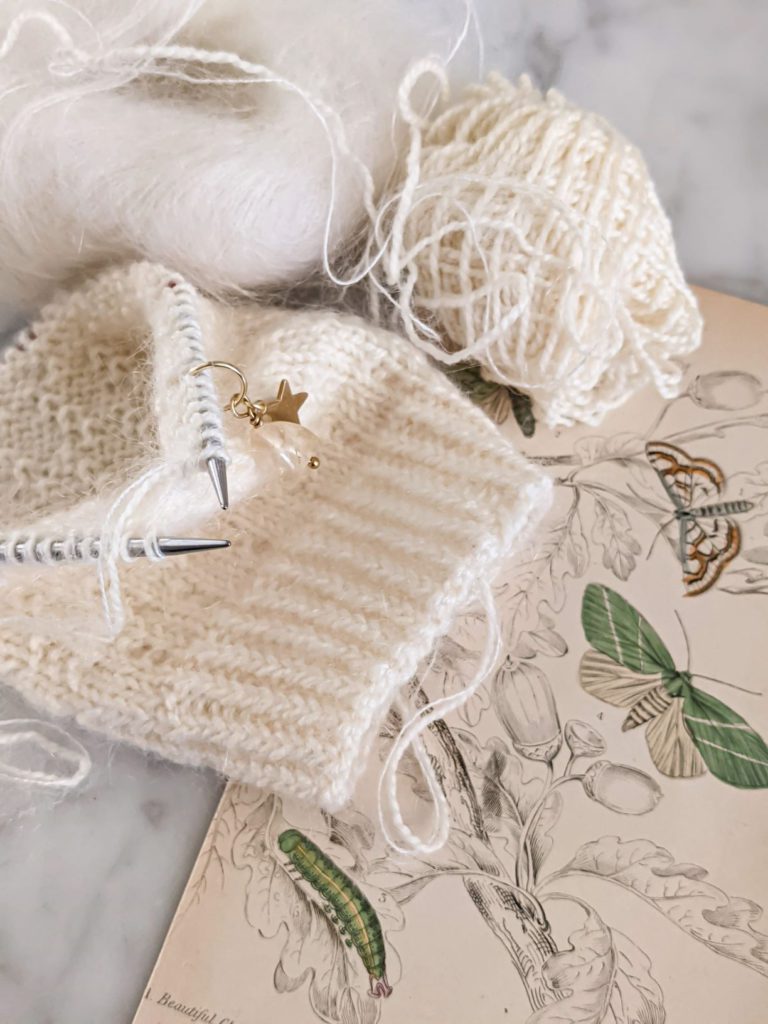
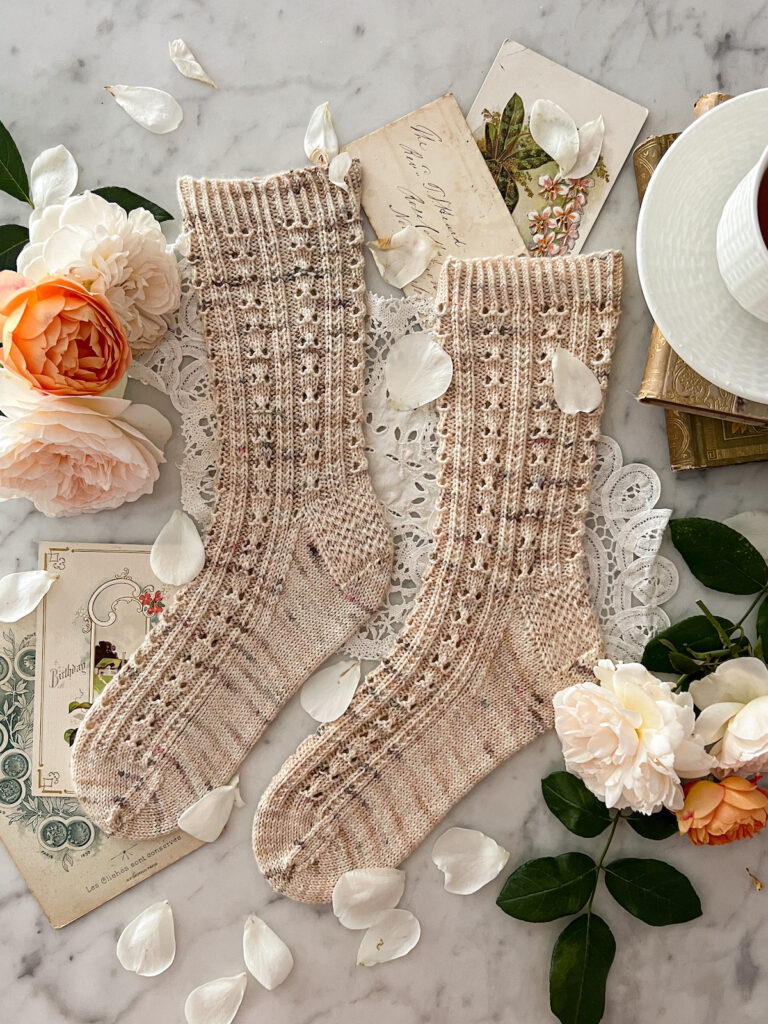
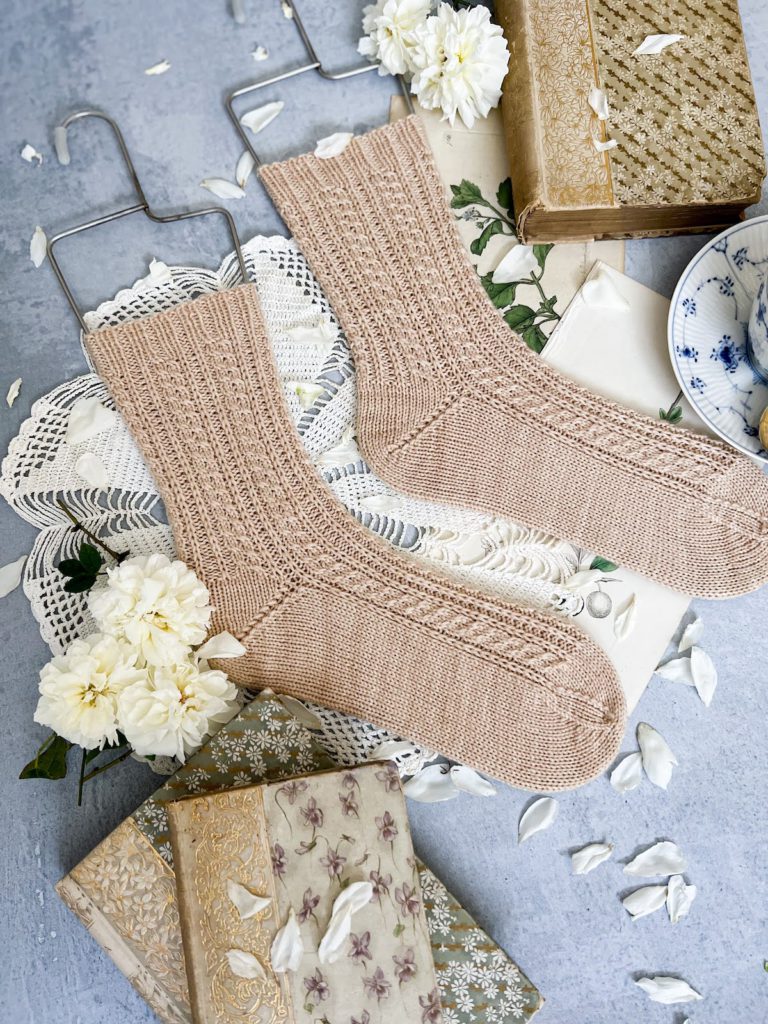
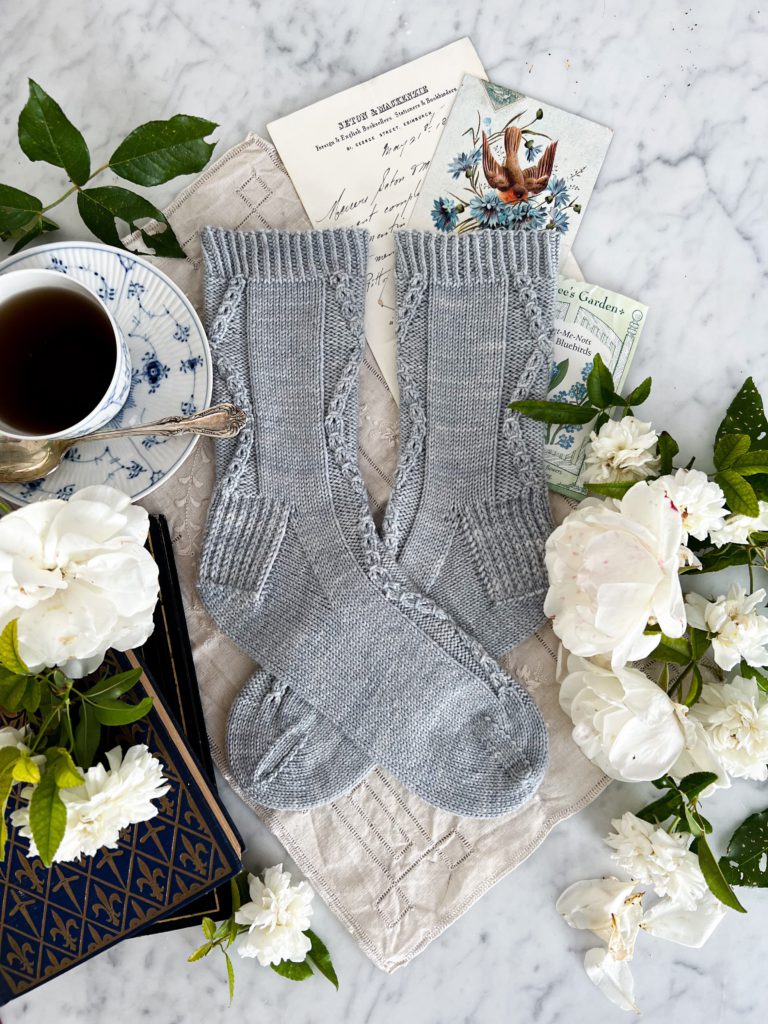
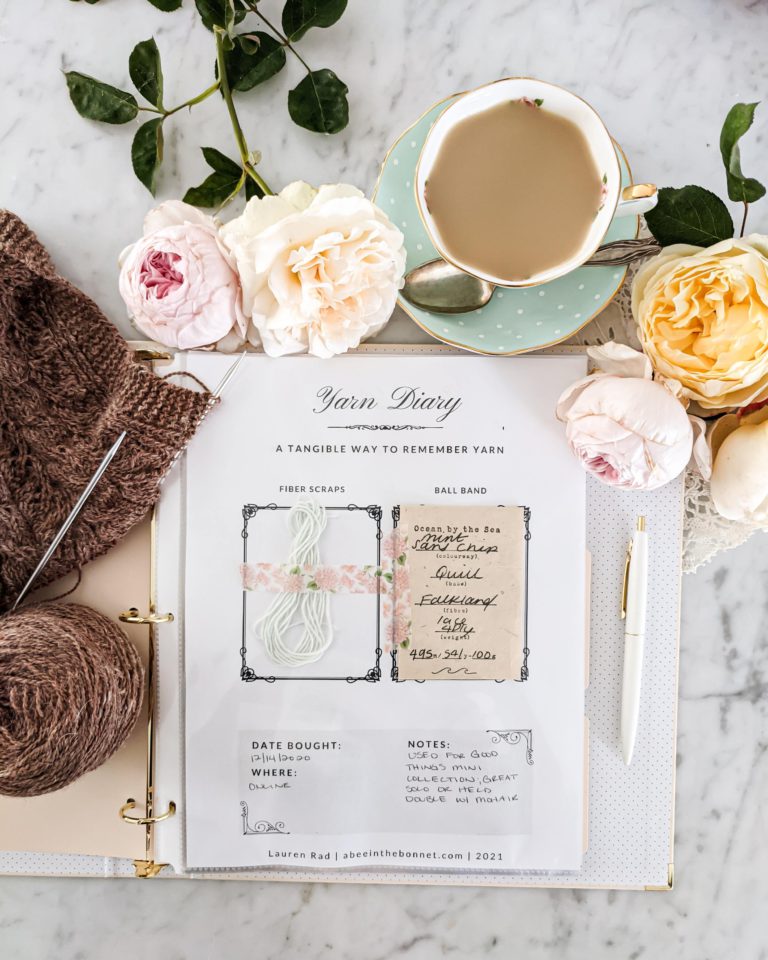
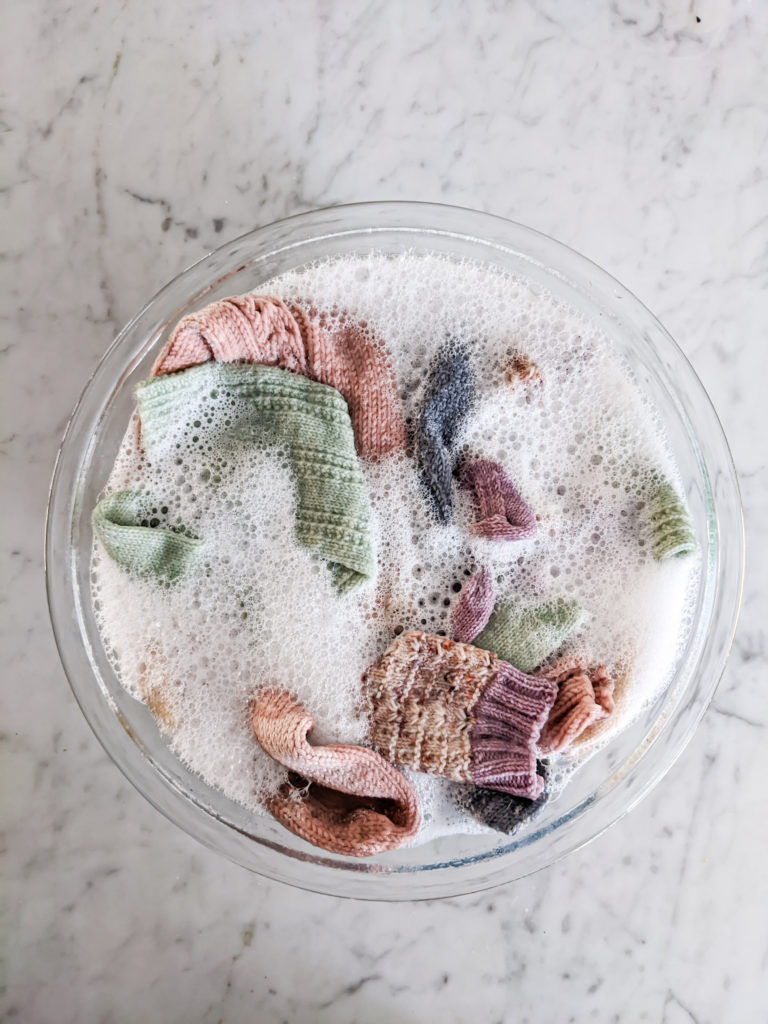
Very interesting. Thank you.
I’m glad you enjoyed it and found it useful!
What is the Ravelry Accessibility debacle? There is a broken image and the link doesn’t work.
Thanks for flagging those issues for me! Some things got broken when I moved from Squarespace to WordPress a while back. The Ravelry accessibility issue started a couple summers ago when they updated their site, and several users reported experiencing headaches and other issues shortly after using the new site. It’s a long and tangled saga, but the end result is that there are a lot of very hurt feelings and some users who still report being unable to use the site without headaches. I’m not a medical professional or web development expert so don’t understand the various mechanisms that might be at play, but to avoid possibly doing harm, I try hard to have my resources available in multiple places.